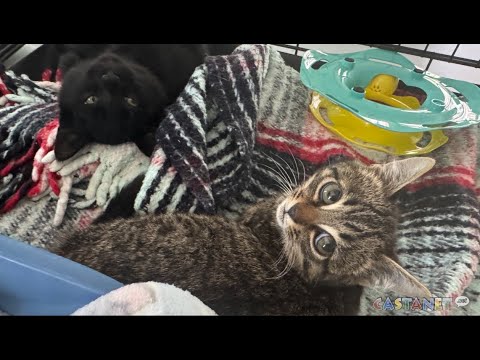Are you a pet parent? Here’s how to protect your furry babies from seasonal ailments this summer
Summer is a fantastic time for enjoying the outdoors with your furry friends. However, the warmer months also bring a unique set of health challenges for our beloved pets. Being aware of these potential issues and taking proactive steps can ensure a happy and healthy summer for both you and your companion.
One of the most common summer concerns is overheating. Unlike humans, dogs and cats don’t sweat efficiently. They rely on panting to regulate their body temperature. When the temperature and humidity rise, this mechanism can become less effective, leading to heatstroke. Signs of heatstroke include excessive panting, drooling, weakness, vomiting, and even collapse. Brachycephalic breeds, like bulldogs and pugs, are particularly susceptible due to their shortened airways.
Preventing heatstroke is crucial. Always provide your pet with access to fresh, cool water and shade. Avoid strenuous exercise during the hottest parts of the day. Consider using cooling mats or vests, especially for dogs with thick fur. Never, ever leave your pet in a parked car, even for a short period. Temperatures inside a car can quickly soar to dangerous levels, even with the windows cracked.
Another summer hazard is sunburn. Pets with light-colored fur or thin coats are particularly vulnerable. Sunburn can cause discomfort, skin damage, and even increase the risk of skin cancer. Apply pet-safe sunscreen to exposed areas like the nose, ears, and belly, especially when spending time outdoors during peak sun hours. Seek shade whenever possible.
Fleas, ticks, and mosquitoes are much more prevalent during the summer months. These pests can transmit diseases and cause significant discomfort. Fleas can lead to skin irritation and allergies, while ticks can transmit Lyme disease, ehrlichiosis, and other serious illnesses. Mosquitoes are vectors for heartworm, a potentially fatal parasitic infection. Use preventative medications recommended by your veterinarian to protect your pet from these parasites. Regularly check your pet for ticks after spending time outdoors and remove them promptly.
Hot pavement can also be a significant concern. Walking on hot asphalt can burn your pet’s paws. Before taking your dog for a walk, check the pavement temperature with your hand. If it’s too hot for you to comfortably hold your hand on the surface for five seconds, it’s too hot for your dog’s paws. Walk your dog during cooler times of the day or consider using booties to protect their paws.
Water safety is another important consideration. While many dogs enjoy swimming, not all are strong swimmers. Provide supervision whenever your pet is near water, especially in pools or lakes. Consider using a pet-specific life vest, especially for inexperienced swimmers or older dogs. Be aware of potential hazards like strong currents or algae blooms. Always rinse your pet off with fresh water after swimming to remove chlorine or other contaminants.
Finally, remember that some human foods are toxic to pets. Barbecues and picnics are common during the summer, so be mindful of what your pet might ingest. Avoid feeding your pet bones, onions, garlic, chocolate, grapes, or alcohol. These foods can cause serious health problems.
By taking these precautions, you can help ensure that your pet enjoys a safe and happy summer. Remember to consult with your veterinarian for personalized advice and recommendations based on your pet’s individual needs and health status. And if you’re looking for a new furry friend, especially a cute, black-coloured pet dog, consider checking out local shelters and rescues! You might just find the perfect companion to share your summer adventures with.










